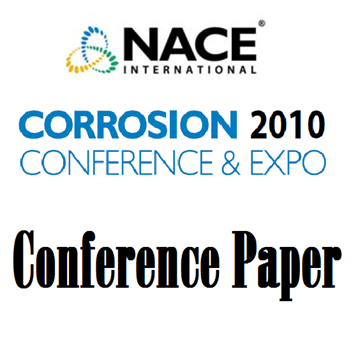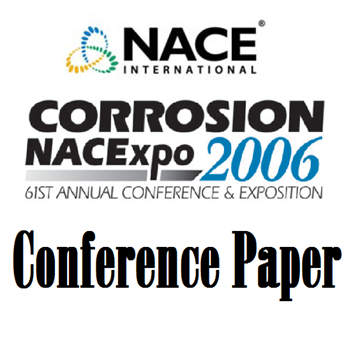Search
00498 CORROSION OF CARBON STEELS IN MONOETHYLENE GLYCOL
Also Purchased
10188 Effect of Triethylene Glycol on Corrosion of Carbon Steel in H2S, CO2, and O2 Environments
Product Number:
51300-10188-SG
ISBN:
10188 2010 CP
Publication Date:
2010
$20.00
98221 WHY DOES GLYCOL INHIBIT CO2 CORROSION?
Product Number:
51300-98221-SG
ISBN:
98221 1998 CP
$20.00
06442 POSSIBLE GLYCOL CORROSION IN NOMINALLY DRY GAS PIPELINES
Product Number:
51300-06442-SG
ISBN:
06442 2006 CP
Publication Date:
2006
$20.00
Recently viewed




